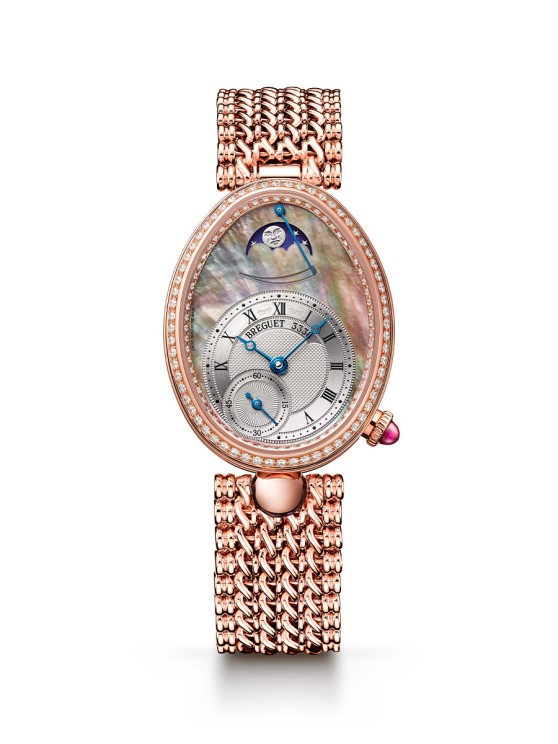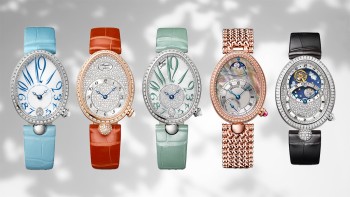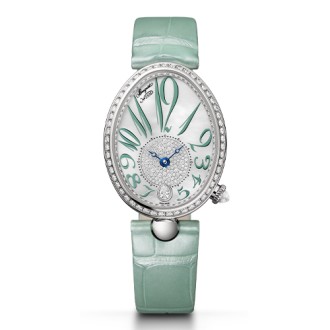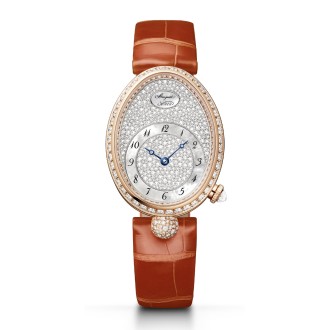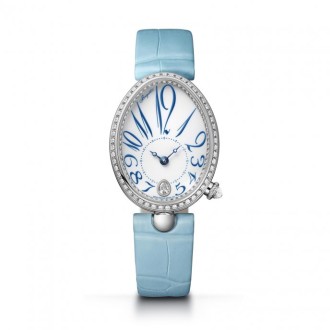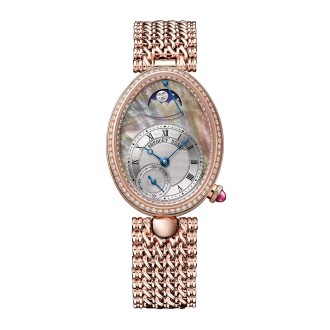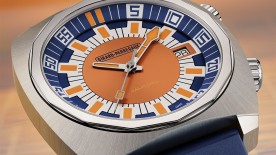Maria-Annunziata di Buonaparte, Napoleon’s youngest and most charming sister, married Joachim Murat in 1800. In 1808, she became Queen Consort of Naples when her husband was granted the crown under the Treaty of Bayonne. Once settled in Italy, Caroline busied herself with decorating her royal palaces and indulged in her two passions: gardening and – her absolute favourite – horology. Her jewellery boxes were filled with more watches than necklaces, pendants or rings, and all of them were signed by Abraham-Louis Breguet.
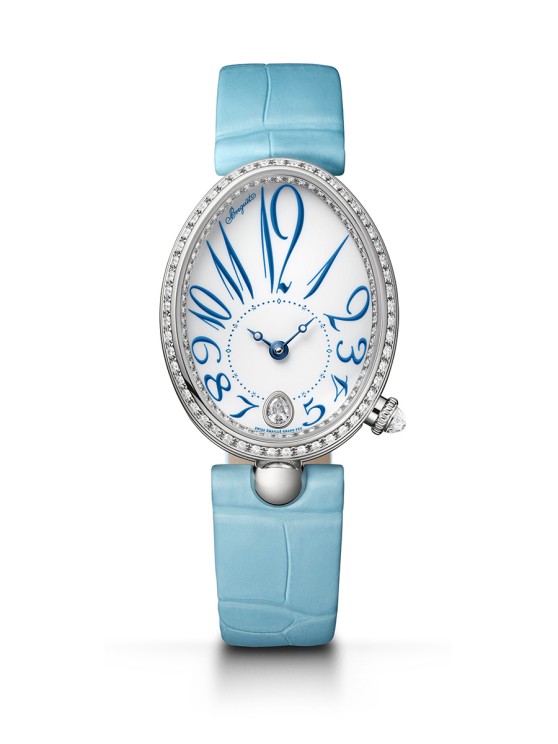
This included the watch that bears her title, Reine de Naples (Queen of Naples), the first wristwatch in the history of watchmaking. Remarkably, it was designed by a woman – a Queen, no less – and created by a man of undisputed genius. It is widely believed that she designed the watch herself, and it was one of her impressive collection of over thirty timepieces.

While ladies of the time wore their watches on long chains known as châtelaines, in 1810 the Queen of Naples placed a bold and avant-garde order with Abraham-Louis Breguet. Unafraid of shocking her social circle, she wanted a timepiece she could wear on her wrist, rather than on her décolletage.
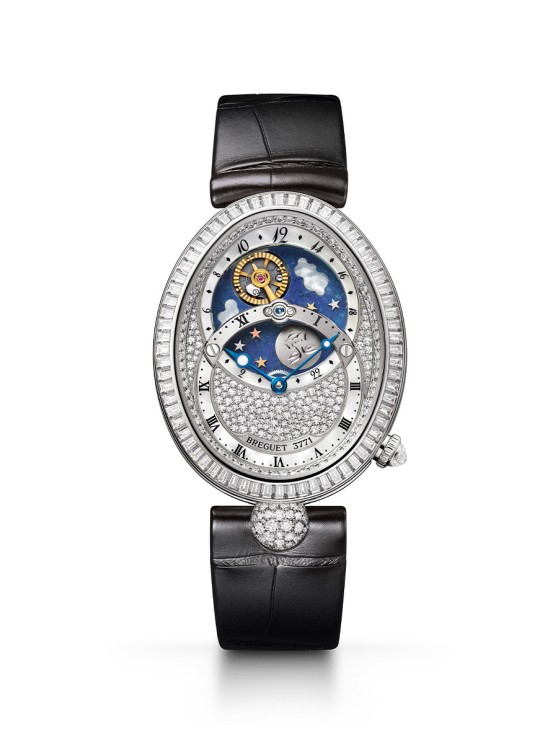
Abraham-Louis Breguet took the matter seriously and worked tirelessly for two years, delivering the world’s first wristwatch to the Queen of Naples in 1812. This extraordinary watch became immediately recognisable thanks to the unique ovoid shape of its case. Today, the Reine de Naples is one of the creative pillars of the Breguet manufacture and the flagship of its women’s collections.
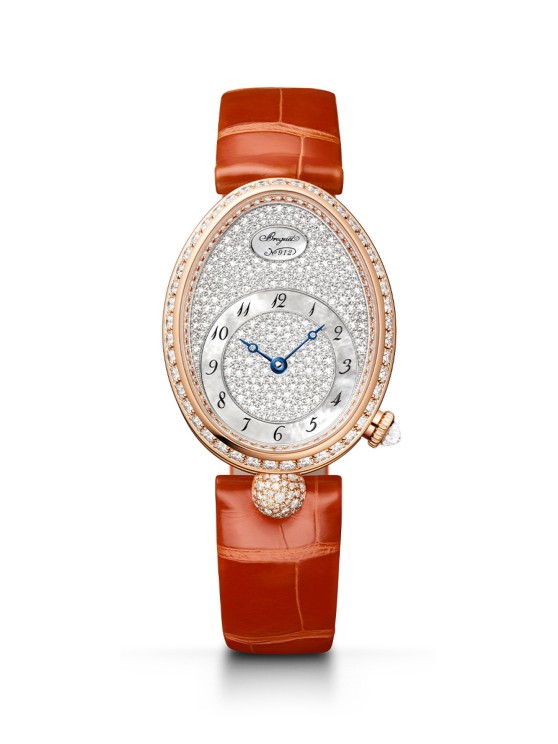
A broad range of different versions, in a variety of metals, with or without diamonds or mechanical complications, means that every woman can adorn her wrist according to her preferences. The exquisite decoration on the dial conceals a mechanical self-winding calibre.
